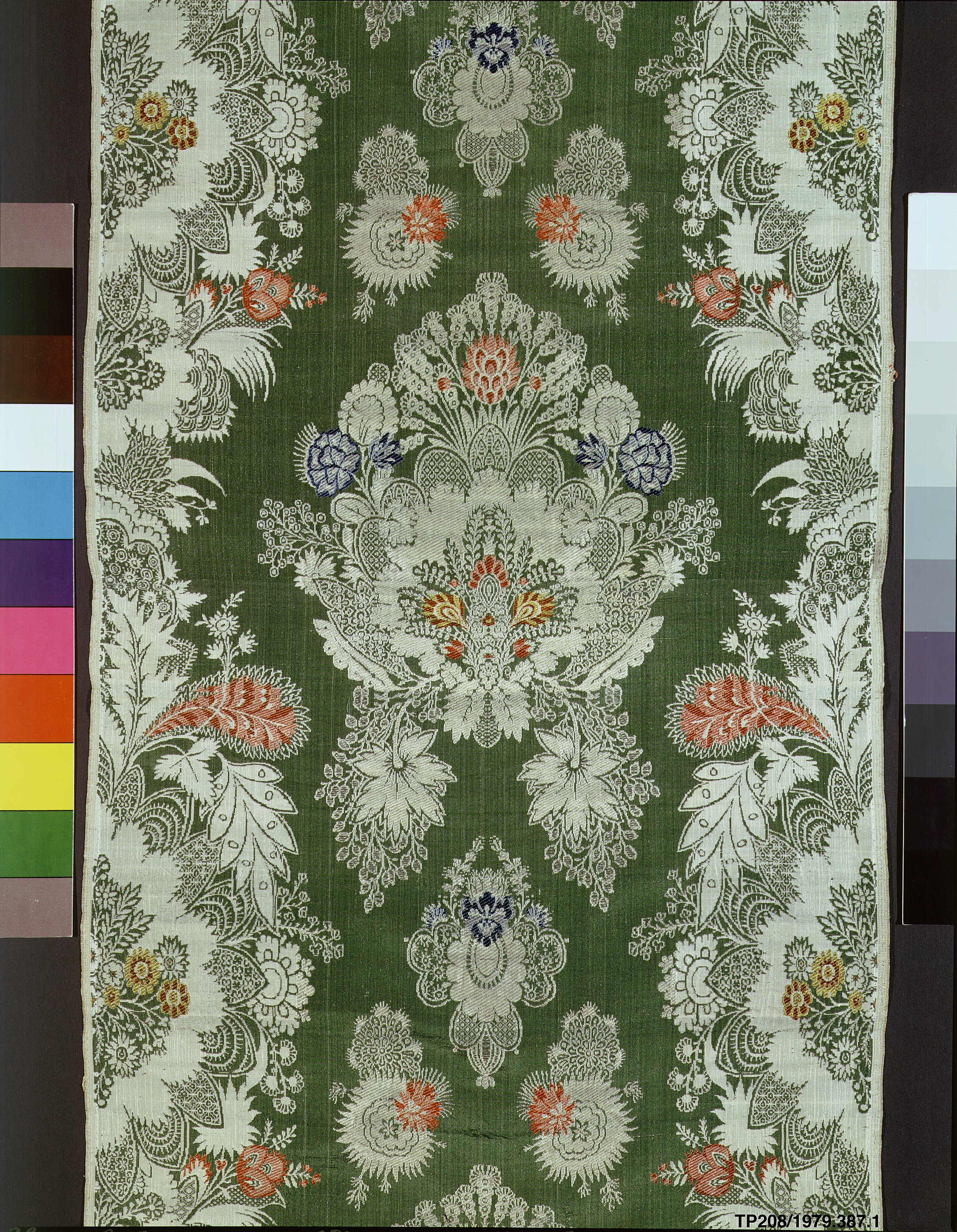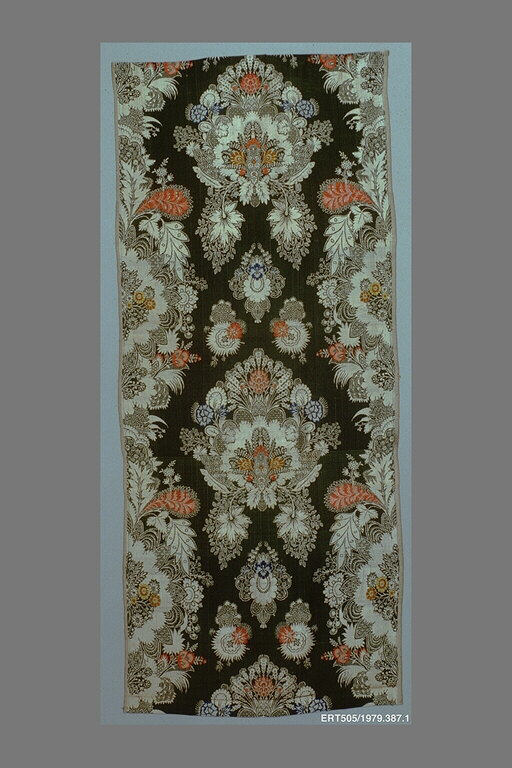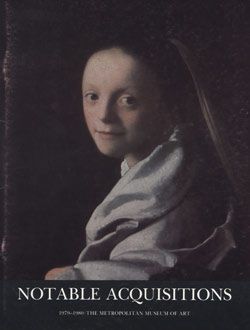Length of woven silk
Not on view
This beautifully preserved example is a valuable and instructive addition to the Metropolitan Museum's collection of eighteenth-century fabrics, as it relates to several major trends in the textile arts. The small compartmentalized areas with geometric designs in the manner of lace fillings, as well as the stylized floral bouquets, relate this textile to the so-called lace patterned silks, many of which are attributable to France. The imaginative small interstitial motifs are a hybrid of floral, geometric, and fantastic forms and recall elements found in bizarre silks, a group of disputed origin in part thought to be of Italian manufacture.
Other characteristics, however, link the silk to a group of textiles tentatively established by Natalie Rothstein as Dutch. The narrow loom width of approximately sixteen inches is substantially less than that found in many other contemporary European textiles. The scale of the pattern is also reduced, but the precise drawing style and the allowance for space surrounding the motifs avoid any sense of compression or overcrowding. The color scheme of green ground with design in white and judiciously placed details in light and dark blue, pink and salmon, yellow and mustard, complements and further balances the composition.
Although symmetrical patterns are not rare at this time, more unusual is the vertical emphasis which occurs when two or more lengths are placed selvage to selvage, thus completing the floral column. This strong visual accent suggests that the textile was probably intended as a furnishing fabric rather than as costume material.
Due to rights restrictions, this image cannot be enlarged, viewed at full screen, or downloaded.
This artwork is meant to be viewed from right to left. Scroll left to view more.






